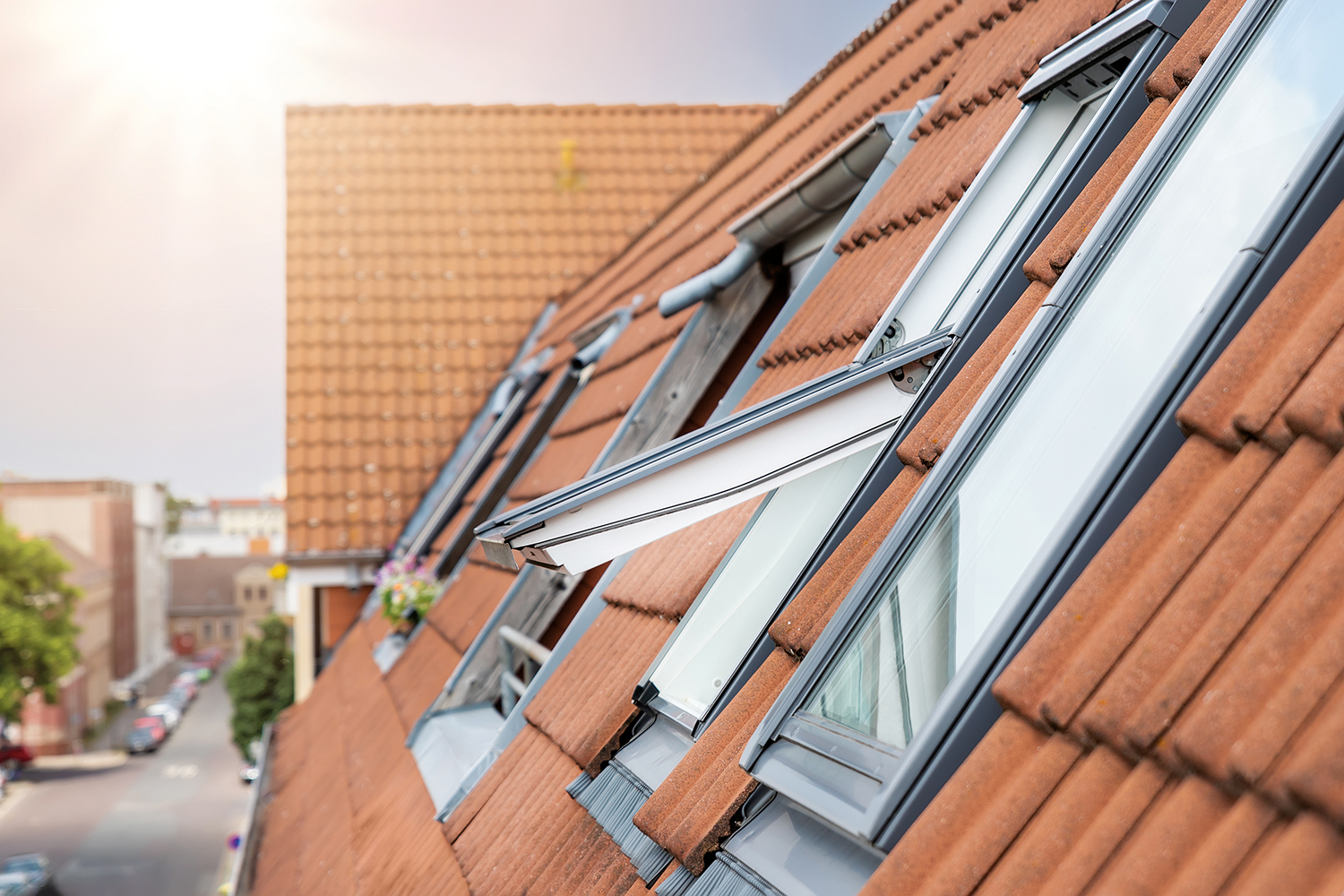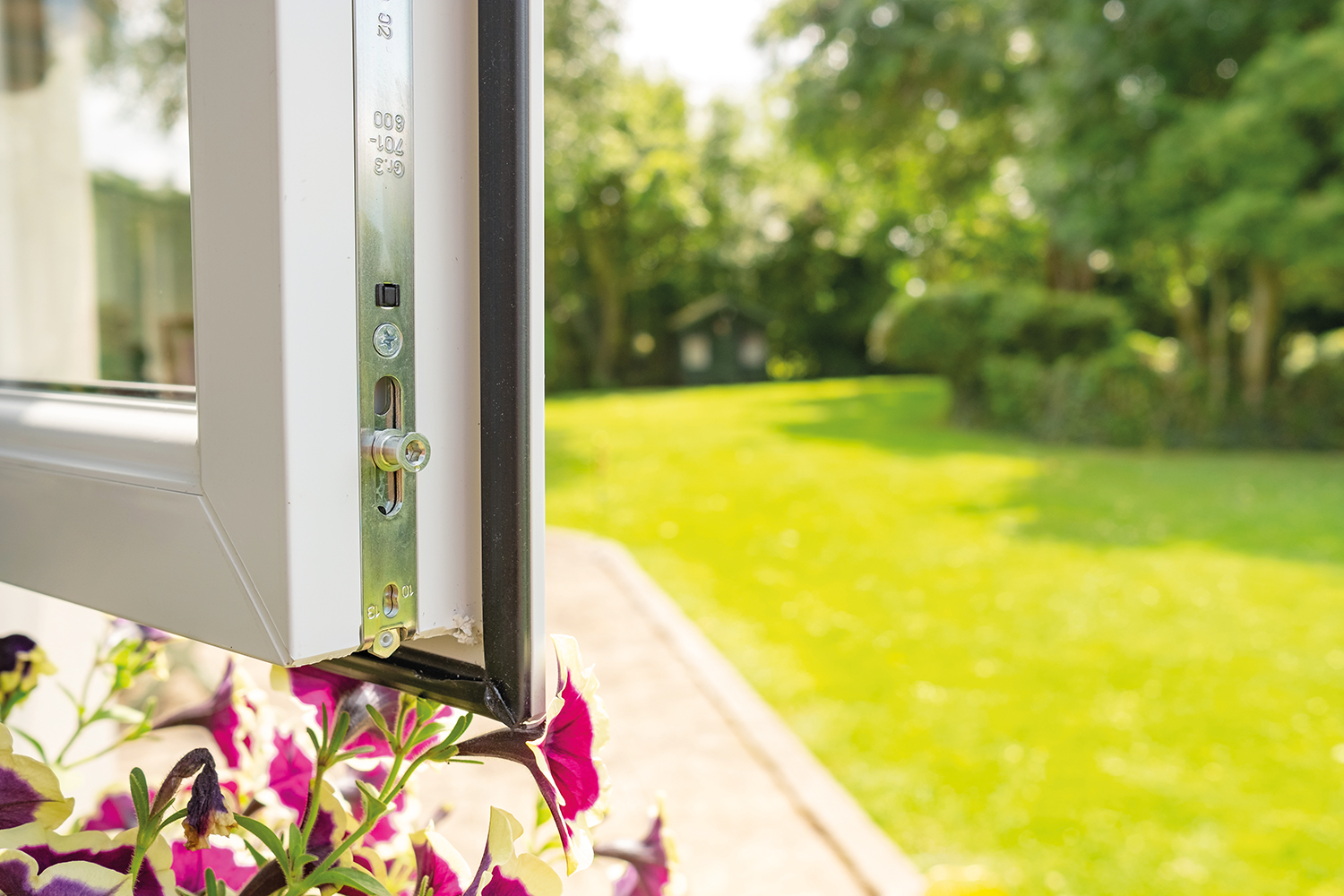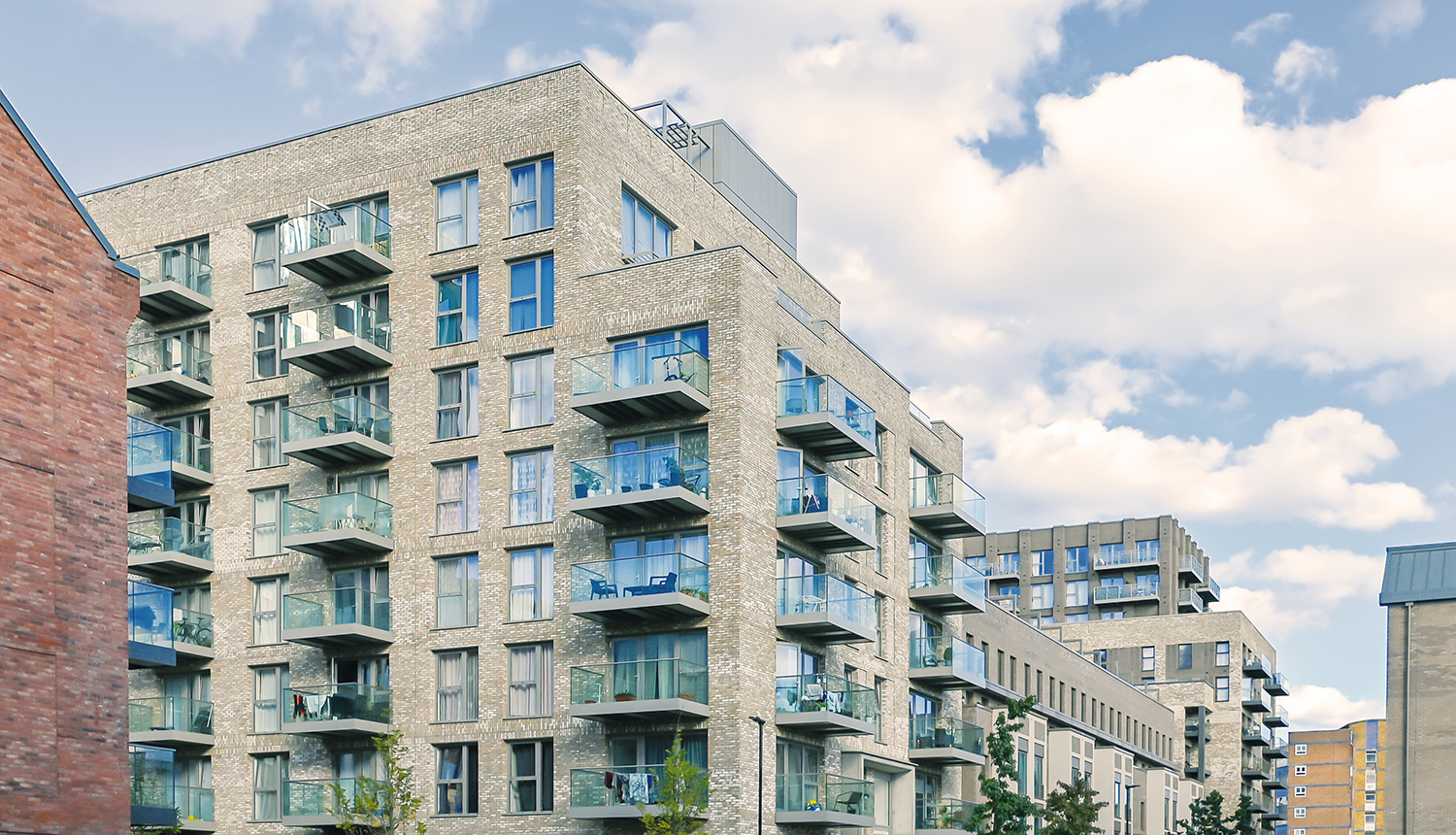
In this CPD, the Association of Noise Consultants’ James Healey and David Garritt explain the acoustics considerations relating to Approved Document O.
Approved Document O (ADO): Overheating (England) came into effect in June 2022 and sets requirements on limiting unwanted solar gains within residential properties.
What you will learn in this CPD
- The acoustics requirements of ADO
- The methods in place for demonstrating compliance with ADO
- What steps can be taken to meet the new regulations
The document lists four different methods for removing excess heat. Any method for controlling overheating must ensure the strategy is usable, including consideration
of night-time noise in bedrooms. Other factors include pollution, security, protection from falling and protection from entrapment.
The acoustic requirement intends to avoid residents having to choose between thermal comfort or adequate control of outdoor sound in bedrooms at night, which in turn affects sleep.
Acoustic assessments are required as part of compliance with ADO to ensure that the strategy to remove excess heat for all new-build residential accommodation is usable for the site-specific environmental conditions.
This must be known first, as restricted or closed windows have a direct influence on the overheating strategy. It is, therefore, essential to engage the services of an acoustic consultant at an early stage of the development to understand the implications of satisfying the noise aspects of ADO.
What are the requirements from an acoustics perspective?
The key acoustical requirement is to enable sufficient removal of excess heat in bedrooms at night using a method that does not cause excessive indoor sound levels. In setting standards, the government has adopted the following criteria:
- 40 dB LAeq,8h, which is a time-averaged measurement over the full eight-hour night-time period between 11pm and 7am.
- A short duration maximum level of 55 dB LAFmax more than 10 times per night.
These criteria are 10 dB higher than standards widely used as representative of good conditions in bedrooms at night. The chosen standards therefore contain some relaxation, possibly in recognition of the (theoretically) shorter period over the year in which overheating control is needed.

The easiest and most obvious method for removing excess heat from a bedroom is to open windows, but in locations where external sound may be an issue, residents may prefer to close windows to control sound levels. ADO seeks to ensure that the strategy to remove excess heat for residential accommodation in a development takes account of this.
Requirement O1 of ADO gives two methods for demonstrating compliance: a simplified method and a dynamic thermal modelling method. Both are design stage studies done and submitted with the building regulations application.
The simplified method
ADO describes a simplified method for defining an overheating strategy which is reliant on an open window to remove excess heat. If, when opening a window to remove excess heat, night-time bedroom sound levels are over thresholds defined in ADO (see table below), an alternative method to remove excess heat must be adopted.
Outdoor sound limits for simplified method compliance

The site environmental conditions dictate whether or not an open window can be used as part of the overheating strategy. Therefore it is important to accurately quantify the noise environment by either measurement or prediction.
ADO categorises a building’s overheating risk subject to its location. The majority of the country is rated as of ‘moderate risk’, with some urban and suburban parts of London being categorised ‘high risk’.
The risk category defines the maximum glazed areas permitted in new developments, which also depends on whether the development incorporates cross ventilation and the direction that the main glazed facade faces.
For compliance with the simplified method, the open area required from windows must be at least 4% of the floor area of the room in moderate risk locations, and at least 13% of the floor area in high-risk locations.

This requirement on window open area has enabled the definition of an upper limit for external noise below which the simplified method can be used, detailed in the Association of Noise Consultants’ Guide to Demonstrating Compliance with the Noise Requirements of Approved Document O.
Acoustic survey work can be undertaken at a proposed development to quantify whether compliance with the acoustic requirements of ADO can be achieved using the simplified method.
The dynamic thermal modelling method
Where the simplified method cannot be used, or the developer chooses to adopt an alternative more flexible route, then dynamic thermal modelling is required.
The thermal modeller will predict overheating risk using CIBSE’s TM59 methodology. ADO dictates some further requirements for use in the dynamic thermal modelling.
The modelling provides the flexibility to consider the specific design of a proposed scheme and can account for external shading devices, shading provided by existing built form, low g-value (a measure that shows how much solar heat is transferred in from the outside of a building) glazing or mechanical systems.
It can also take account of the airflow provided by noise-mitigating devices such as acoustic louvres and is the only option to demonstrate compliance in areas of poor air quality or where noise is an issue.
When undertaking dynamic thermal modelling on a building for compliance with ADO, it is essential that the construction manager, acoustic consultant and dynamic thermal modeller work together to understand any constraints to opening a bedroom window such that it is accurately defined in the modelling.

Acoustic consultants should show the level of sound insulation that is required for bedroom windows around the building. Between the acoustic consultant and the thermal modeller, this sound insulation value must inform the degree to which a window can be opened.
The level of sound insulation provided through a window varies depending on various factors, including the size of the window and the opening style (top hung, side hung, etc). Many of these factors also affect the airflow performance of the window opening.
It Is worth noting that without accurate consideration of acoustics in the modelling, consultants are likely to assume a window is open to its full reach, ie 650mm between the inside face of the external wall and the handle, as prescribed in ADO. Where multiple bedroom windowpanes are open to this extent, the internal standards in ADO could be exceeded on sites with far lower noise levels than prescribed as thresholds for the simplified method.
Who and what do these requirements apply to?
The acoustic requirements of ADO apply to noise within bedrooms of new residential buildings at night. While it is possible to use any habitable room for sleeping, the scope of ADO is confined to rooms specifically designated as bedrooms.
All new residential buildings are covered by the guidance, including dwelling houses, flats, student accommodation and care homes. ADO does not apply to residential uses formed by material change of use.
The requirements apply to external noise sources such as road rail or air traffic, commercial and industrial sound, and also sound from entertainment premises. It is generally accepted that natural sound sources such as wind and rain, naturally flowing water and birdsong all fall outside the scope of ADO.
What measures can be taken to meet the new regulations?
A sensible initial step for any ADO overheating strategy is to understand the noise constraints to opening a window on a site.
If outdoor sound levels are low enough, open windows can be used as the dominant method for removal of excess heat from an acoustics perspective. It may be that restricted window openings are required to satisfy the noise thresholds in ADO and this then informs what amount of airflow (equivalent area or effective area) can be adopted within the dynamic thermal modelling.

This is best defined by the acoustic consultant providing a plan showing the outside-to-inside level difference required by bedroom windows. Where these requirements exceed 18-20 dB, an open window is unlikely to be an option at night, and mechanical systems are likely to be needed.
ADO does not require the acoustic consultant to submit a report to building control. However, it does require the designer of the overheating strategy (the thermal modeller who works for the developer or person responsible for building regulations submission) to submit evidence of the strategy.
The designer must answer the question of whether there are any noise constraints on the site. This forms part of the submission to building control by the members of the design or construction team responsible for demonstrating building regulations compliance.
Therefore, a technical report may be requested by building control to evidence any noise constraints on the site and clients should provide designers with sufficient information from an acoustic consultant for the designers to answer the question on noise constraints.
Members of the Association of Noise Consultants can assist from the initial stages of planning to provide information to the design team on the likely implications of compliance with ADO, through to assisting the client with evidencing noise constraints when submitting their building regulations application.
Do I only have to consider noise when a Local Planning Authority (LPA) regards external noise to be an issue?
Paragraph 3.2 of ADO states: 3.2 In locations where external noise may be an issue (for example, where the Local Planning Authority considered external noise to be an issue at the planning stage), the overheating mitigation strategy should take account of the likelihood that windows will be closed during sleeping hours (11pm to 7am).
The LPA example above is useful, but does not define all the situations in which it is necessary to consider noise to comply with the standards in ADO. Many residential development sites that do not have planning conditions for noise would fail to comply with the noise standards in ADO.
A professional consultant experienced in the assessment of noise and facade design should be engaged to determine whether or not the indoor noise thresholds in ADO would be exceeded by the intended overheating strategy.
The assessment of noise in relation to this regulation is therefore not limited only to sites where the LPA considers noise to be an issue.
James Healey and David Garritt are members of the Association of Noise Consultants.





